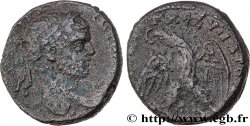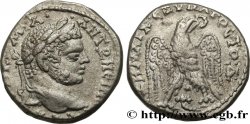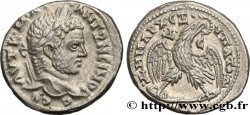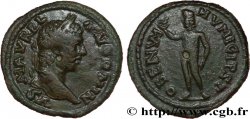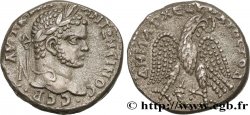E-auction 178-111477 - bpv_173815 - CARACALLA Tétradrachme syro-phénicien
You must signin and be an approved bidder to bid, LOGIN TO BID. Accounts are subject to approval and the approval process takes place within 48 hours. Do not wait until the day a sale closes to register. Clicking on « bid » constitutes acceptance of the terms of use of cgb.fr private e-auctions.
Bids must be placed in whole Euro amounts only. The sale will start closing at the time stated on the item description; any bids received at the site after the closing time will not be executed. Transmission times may vary and bids could be rejected if you wait until the last second. For further information ckeck the E-auctions F.A.Q.
NO BUYER'S FEE.
NO BUYER'S FEE.
| Estimate : | 190 € |
| Price : | 45 € |
| Maximum bid : | 60 € |
| End of the sale : | 12 September 2016 15:13:30 |
| bidders : | 6 bidders |
Type : Tétradrachme syro-phénicien
Date: 215-217
Mint name / Town : Sidon, Phénicie
Metal : billon
Diameter : 26 mm
Orientation dies : 11 h.
Weight : 12,27 g.
Rarity : R2
Coments on the condition:
Peu d’usure mais de gros problèmes de corrosion de surface
Catalogue references :
Obverse
Obverse description : Buste lauré, drapé et cuirassé de Caracalla à droite, vu de trois quarts en arrière, les deux rubans de la couronne laurée descendant derrière la tête (A*2).
Obverse legend : AUT. KAI. AN-TwNINOS SE, (Autokrator Kaisar Antwninos Sebastos).
Obverse translation : (L'empereur césar Antonin auguste).
Reverse
Reverse description : Aigle debout à droite, les ailes déployées, la tête et la queue tournées à gauche, tenant dans son bec une couronne feuillée ; entre les pattes de l’aigle, le chariot du bétyl d’Astarté.
Reverse legend : DHMAR EX UPATOS D.
Reverse translation : (Revêtu de la puissance tribunitienne consul pour la quatrième fois).
Commentary
Si il n’était, parmi les tétradrachmes syro-phéniciens, qu’une seule série dont l’attribution fut absolument certaine, ce serait celle de Sidon. Les deux symboles utilisés, Europe sur le taureau et le char d’Astarté sont attestés pour la ville non seulement par les bronzes municipaux mais par l’Histoire et la mythologie.
Concernant Europe, la représentation est celle que l’on retrouve dans toute l’antiquité : la princesse, assise sur le taureau, tient un voile que gonfle le vent au-dessus de sa tête.
Le char d’Astarté est monté sur roues et contient un bétyl. Selon les coins, les détails sont plus ou moins nets mais les meilleures représentations se trouvent sur les bronzes.
On note que les sigma sont gravés en C.
Dans la base TSP maintenue par Michel Prieur, huit exemplaires sont maintenant répertoriés, dont deux en musées, l’un en Israel, l’autre à Paris, ex collection Seyrig. Notre exemplaire est le 1363_007.
Concernant Europe, la représentation est celle que l’on retrouve dans toute l’antiquité : la princesse, assise sur le taureau, tient un voile que gonfle le vent au-dessus de sa tête.
Le char d’Astarté est monté sur roues et contient un bétyl. Selon les coins, les détails sont plus ou moins nets mais les meilleures représentations se trouvent sur les bronzes.
On note que les sigma sont gravés en C.
Dans la base TSP maintenue par Michel Prieur, huit exemplaires sont maintenant répertoriés, dont deux en musées, l’un en Israel, l’autre à Paris, ex collection Seyrig. Notre exemplaire est le 1363_007.







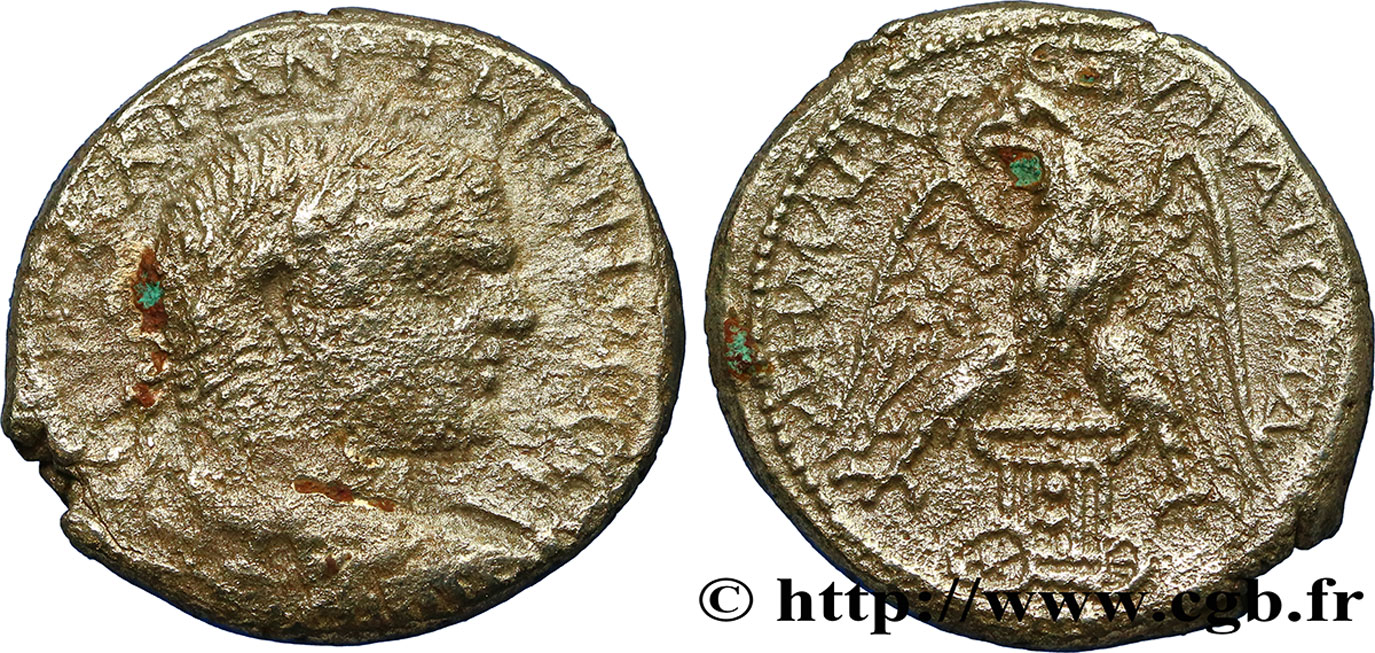
 Report a mistake
Report a mistake Print the page
Print the page Share my selection
Share my selection Ask a question
Ask a question Consign / sell
Consign / sell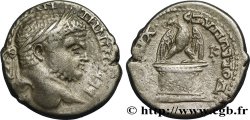
 Full data
Full data